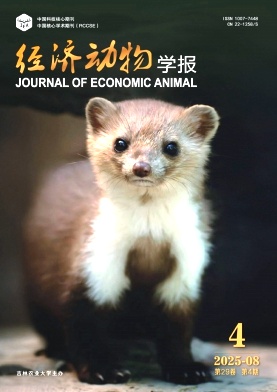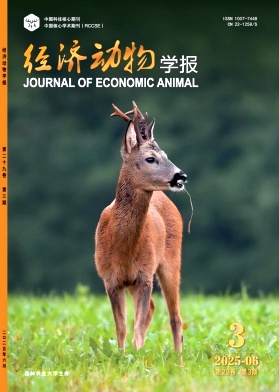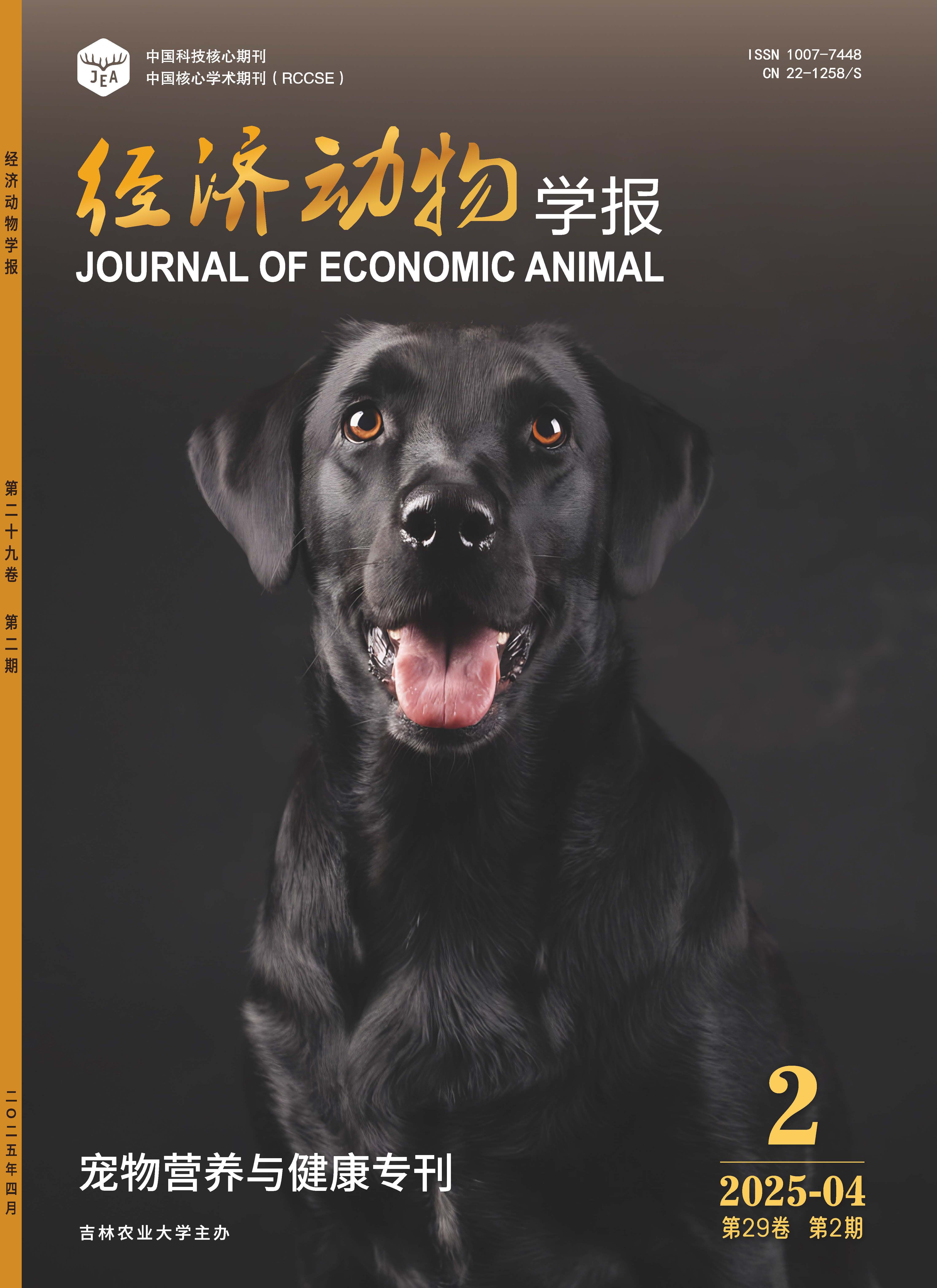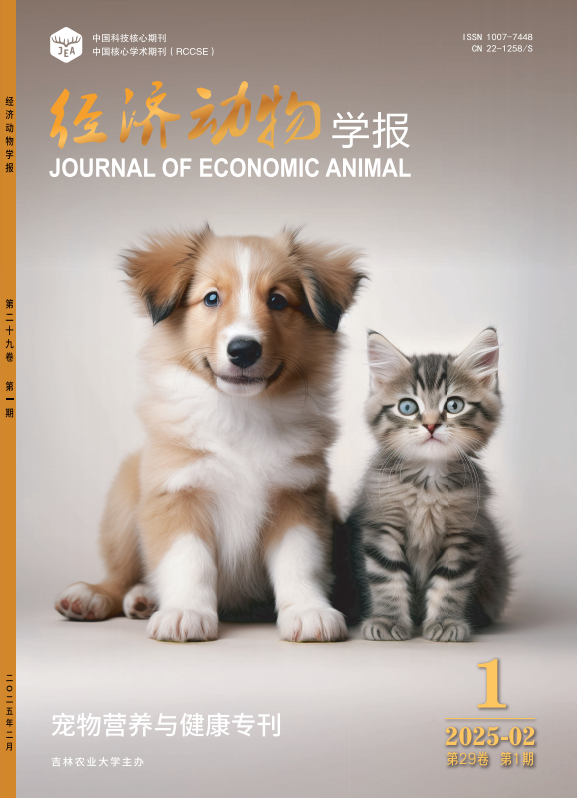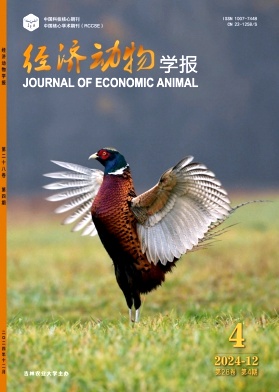JIAO Siqi;CHEN Chunshan;LI Xin;QU Guijuan;LI Min;KONG Yidi;WANG Guiqin;
This study employed ultra-performance liquid chromatography-mass spectrometry (UPLC-MS) based untargeted metabolomics combined with multivariate statistical analysis to systematically compare the muscle metabolite profiles between anadromous and landlocked forms of Masu salmon (Oncorhynchus masou). A total of 1,958 metabolites from 13 classes were identified, with 392 significantly differential metabolites (VIP>1,P<0.05) screened, among which lipids and lipid-like molecules were the most abundant (33.9%), followed by organic acids and derivatives (8.4%). KEGG pathway enrichment analysis revealed that the differential metabolites in anadromous individuals were significantly enriched in pathways such as oxidative phosphorylation, thermogenesis, amino acid biosynthesis, and fatty acid metabolism, suggesting enhanced lipid mobilization, amino acid turnover, and energy production efficiency to support their high-energy-demanding migratory behavior. In contrast, landlocked individuals exhibited a greater involvement in purine metabolism and basic metabolic pathways, aligning with their stable freshwater habitat and lower energy requirements. This study highlights the significant metabolic divergence between the two ecotypes, providing new insights into the metabolic regulatory mechanisms underlying the ecological adaptation of masu salmon and offering a theoretical basis for their conservation and sustainable utilization.
Online First Publication Date (Accepted Manuscript):2025-11-06 09:54:31
;
[Downloads:
101
]
[Citations:
0
]
[Reads:
0
]
HTML
PDF
Cite this article
YIN Siling;LU Lu;ZHOU Zhiduo;SONG Jian;SHAO Yunlong;KONG Yidi;CHEN Xiumei;LI Min;NIU Xiaotian;WANG Guiqin;
To investigate the effects of silymarin on growth performance, body composition, and non-specific immune indices of Pelteobagrus fulvidraco, five isonitrogenous (43.96%) and isoenergetic (17.94 kJ/kg) diets with varying silymarin levels (0, 50, 100, 150, and 200 mg/kg) were formulated. Each diet was assigned to three replicates, with 30 Pelteobagrus fulvidraco per replicate. After a 2-week acclimation, an 8-week feeding trial was conducted. Results showed that the S3 group (100 mg/kg) exhibited no significant differences in final body weight (FBW), weight gain rate (WGR), specific growth rate (SGR), or protein efficiency ratio (PER) compared to the S4 group (150 mg/kg) (P > 0.05), but these parameters were significantly higher than those of the S1 (control), S2 (50 mg/kg), and S5 (200 mg/kg) groups (P < 0.05). The feed conversion ratio (FCR) of S3 and S4 groups showed no significant difference (P > 0.05) but was significantly lower than that of S1, S2, and S5 groups (P < 0.05). Survival rate (SR) in all silymarin-supplemented groups was significantly higher than in the control group (P < 0.05). crude protein (CP) content showed no significant differences among groups (P > 0.05). ether extract, crude fat (EE) and moisture contents in S3, S4, and S5 groups were significantly lower than in S1 (P < 0.05), while crude ash (Ash) content in S3 was significantly higher than in S1 and S2 (P < 0.05) but lower than in S4 and S5 (P < 0.05). Silymarin had no significant effect on alkaline phosphatase (AKP) activity (P > 0.05). Superoxide dismutase (SOD), lysozyme (LZM), and acid phosphatase (ACP) activities in S3 and S4 groups were significantly higher than in S1, S2, and S5 groups (P < 0.05). Under these experimental conditions, dietary silymarin improved growth performance, reduced crude fat (EE) content, and enhanced non-specific immunity in Pelteobagrus fulvidraco, with the optimal supplementation level identified as 100 mg/kg.
Online First Publication Date (Accepted Manuscript):2025-10-29 09:28:32
;
[Downloads:
82
]
[Citations:
0
]
[Reads:
0
]
HTML
PDF
Cite this article
ZHU Guangmei;ZONG Xianchun;XU Zhe;WANG Dan;XIAO Mengmeng;WANG Jianzhong;
To establish an efficient two-plasmid rescue system for the minigenome of the virulent Newcastle disease virus (NDV) strain NA-1, the 3'-leader and 5'-tailer sequences, flanked by the hepatitis delta virus ribozyme sequence (HdvRz) and T7 terminator sequences at the 3' end were cloned, along with enhanced green fluorescent protein (Enhanced Green Fluorescent Protein , EGFP) gene. These components were assembled into a single construct, Tailer-EGFP-Leader-HDV Rz-T7Ter, and inserted into pcDNA3.1 vector under the control of the T7 promoter, resulting in pcDNA3.1-NDV-MG. The three helper plasmids expressing NP, P, and L proteins were optimized into a single multi-promoter plasmid, pcDNA3.1-NPL, capable of simultaneously expressing NP, P, and L proteins. The two-plasmid system, comprising pcDNA3.1-NDV-MG and pcDNA3.1-NPL, was co-transfected into BSR cells expressing T7 RNA polymerase. The expression of the EGFP reporter gene was used to evaluate the success of the rescue system via fluorescence microscopy. Results showed that specific green fluorescence signals were observed in BSR cells 48 hours post-transfection, indicating the successful construction of the two-plasmid rescue system for the NDV virulent strain minigenome. Compared to the traditional four-plasmid system, the two-plasmid system demonstrated higher rescue efficiency. This study successfully developed an efficient two-plasmid rescue system for the NDV minigenome, providing a powerful tool for establishing a highly efficient NDV reverse genetics platform and facilitating future research on pathogenic mechanisms, novel vaccine development, and viral vector applications.
Online First Publication Date (Accepted Manuscript):2025-10-29 09:06:48
;
[Downloads:
39
]
[Citations:
0
]
[Reads:
0
]
HTML
PDF
Cite this article
SONG Yu;LIU Yingyu;LIANG Jian;LI Keyan;HAO Wen;ZHANG Xiusen;GONG Qinglong;LI Jianming;SHI Kun;LENG Xue;
Mink Aleutian disease (AD) is an autoimmune disease caused by mink Aleutian virus (AMDV) that severely affects the immune system of minks. In this study, proteomic methods were used to analyze the differentially expressed proteins of F81 cells infected by AMDV-DL125 strain. Five hundred and seventy-nine differentially expressed proteins were identified by mass spectrometry, of which 283 were up-regulated and 296 were down-regulated. GO annotation analysis showed that differentially expressed proteins were significantly enriched in multiple biological processes, including molecular function, biological process and cellular component. The results of KEGG enrichment analysis showed that the differentially expressed proteins were mainly concentrated in the PI3K-AKT signaling pathway and MAPK signaling pathway. The results of proteomic sequencing were verified by RT-qPCR. The results showed that the mRNA expression trends of 5 different proteins of BCL-XL, FOSL1, JNK, SQLE and FDFT1 were consistent with the sequencing results. In this study, for the first time, the changes in protein expression levels after infection of F81 cells by AMDV-DL125 strong strain were studied, and a variety of differentially expressed proteins were identified, which provided a basis for further revealing the relationship between AMDV and host and the pathogenesis.
Online First Publication Date (Accepted Manuscript):2025-10-29 09:01:38
;
[Downloads:
73
]
[Citations:
0
]
[Reads:
0
]
HTML
PDF
Cite this article
FANG Shuren;CAI Jiaxi;LI Zishu;WANG Yu;FANG Xiaohan;CAO Xin;XUE Xianghong;
To investigate the effectiveness of rabbit polyclonal antibodies in detecting and identifying porcine epidemic diarrhea virus (PEDV), PEDV was propagated in Vero cells and purified by sucrose density gradient centrifugation. New Zealand White rabbits were immunized four times with purified PEDV to obtain high-titer antisera. Crude antibody extraction was performed using saturated ammonium sulfate precipitation, followed by affinity chromatography purification to obtain PEDV-specific rabbit polyclonal antibodies. The specificity and immunoreactivity of these antibodies were systematically evaluated through ELISA, Western blot, and immunofluorescence assays. ELISA results demonstrated an antibody titer of 1:32,000. Indirect immunofluorescence assay revealed broad-spectrum recognition of both PEDV-XD (G2a) and CV777 (G1) strains without cross-reactivity with other porcine pathogens, confirming detection specificity. Western blot analysis identified specific interactions with three structural proteins: nucleocapsid (N), spike (S), and membrane (M) proteins, with the strongest reactivity observed against the N protein. Notably, The PEDV rabbit-derived polyclonal antibodies demonstrate in vitro neutralizing activity against PEDV-XD (G2a) strain with an IC50 of 1.418 μg/mL and against CV777 strain with an IC50 of 5.524 μg/mL, indicating therapeutic potential of these antibodies. This study provides a cost-effective polyclonal antibody reagent for PEDV detection and establishes a foundation for developing therapeutic antibodies against PEDV. The findings demonstrate the dual utility of these polyclonal antibodies in both diagnostic applications and antiviral therapy development.
Online First Publication Date (Accepted Manuscript):2025-10-29 08:20:50
;
[Downloads:
119
]
[Citations:
0
]
[Reads:
0
]
HTML
PDF
Cite this article

